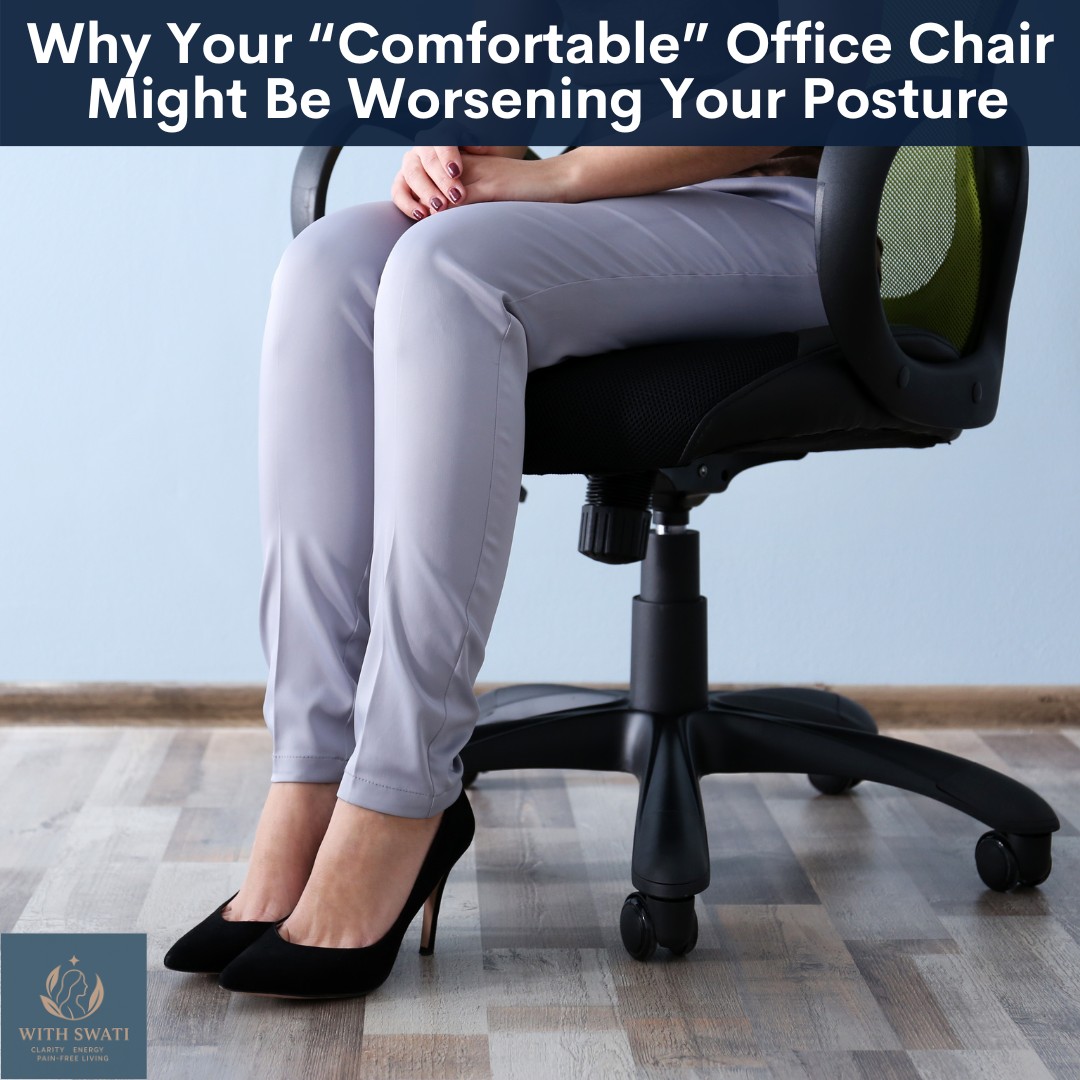
As an executive mum juggling a high-stress job and the demands of young children, the tension inevitably builds up in your neck and shoulders. This stress not only impacts your daytime function but also compromises your ability to unwind and recover at night. Getting a good night's sleep is crucial, not just for energy, but for overall health and well-being. One of the often overlooked aspects of sleep quality is the pillow you use. With so much conflicting advice out there, from recommendations for thin pillows to thick ones, or even none at all, it's no wonder many of us are left scratching our heads. In this blog lets discuss why using the right pillow based on your sleeping position is vital for preventing neck and nerve pain.
During sleep, our body undergoes recovery from the day's stresses. For this rejuvenating process to be effective, it's essential that our joints are in a neutral position. A pillow that aligns your head, neck, and spine correctly can prevent the buildup of tension, ward off chronic neck pain and nerve pain, and enhance the quality of your sleep.
Consequences of Inappropriate Pillow Use:
Back Sleepers Without a Pillow: Without a pillow, a back sleeper might find their head tilting backward, which can potentially narrow the spinal joints, leading to nerve impingement. This can cause symptoms like neck pain, a heavy feeling, or nerve pain such as tingling or numbness extending down the arm.
Side Sleepers With Inadequate or No Pillow Support: Side sleepers using a pillow that's too low or without a pillow might end up tilting their neck to an extreme position or using their arm under the head to keep it in neutral. Over time, this can lead to shoulder and neck pain, as well as discomfort in the upper and mid-back areas.
Watch this video on "Which Sleeping position causes Neck Pain?" to know which sleeping postures should be avoided to prevent neck pain and get a good nights sleep:
Here are some pillow guidelines for different sleep positions:
Back Sleepers: If you sleep on your back, the pillow should fill the space between the back of your head and your upper back without tilting your head forward or allowing it to fall backward. The goal is to keep your neck in a neutral position, aligning it smoothly with your spine.
Side Sleepers: For those who sleep on their side, the pillow should support the head and neck so that they remain level with the horizontal line of your spine. The height of the pillow should ideally match the distance from the tip of your shoulder to your earlobe. This prevents the neck from bending awkwardly and straining muscles or compressing nerves.
It’s worthwhile to assess your current pillow and consider if it’s providing the right support. A pillow that maintains the spine's neutral alignment is crucial for preventing discomfort and ensuring a restful sleep. HERE are some pillows that I personally use and recommend.
HERE is a free guide on "How can you maintain a Good Posture While Sleeping". It gives you the details of sleeping posture in side lying, back sleeping, 3 postures to avoid when sleeping and how to change to a better sleeping posture and much more.
If you like this blog and want to be notified about new blogs as soon as they are published, subscribe to my mailing list below.
I would love to see you around the internet! For other places you can explore more about me: https://withswati.com/page/link
Note: This page contains affiliate links which will bless me, at no additional cost to you and I will be able to help more people with spinal and joint pain.
















0 Comments